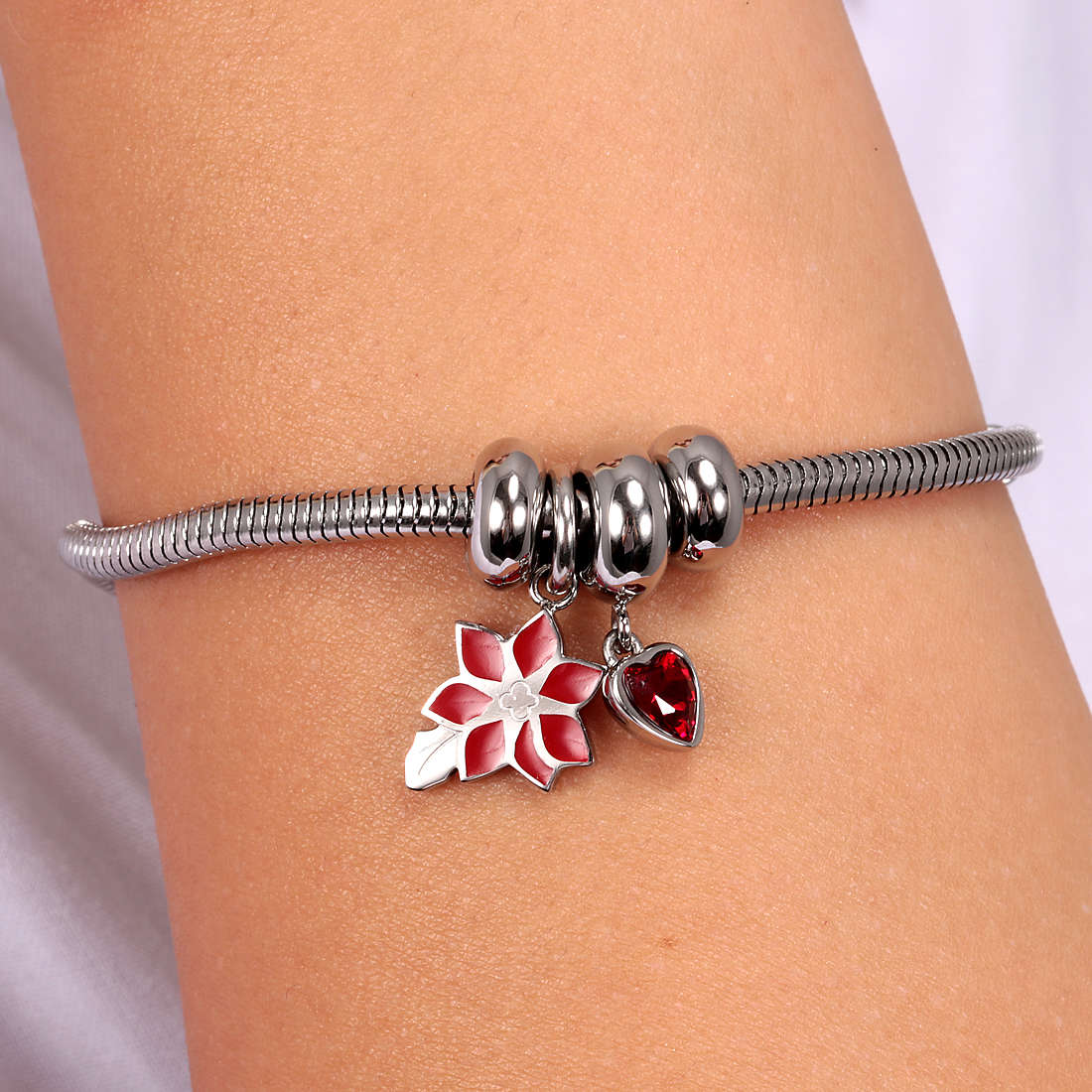
They are natural predators of a range of serious pests, such as the European corn borer, a moth that costs US agriculture industry more than $1 billion annually in crop losses and population control. Stethorus species accordingly are important in certain examples of biological control. A genus of small black ladybirds, Stethorus, presents one example of predation on non-Sternorrhyncha they specialise in mites as prey, notably Tetranychus spider mites. Ĭoccinellids are best known as predators of Sternorrhyncha such as aphids and scale insects, but the range of prey species that various Coccinellidae may attack is much wider. Coccinellids are found worldwide, with over 6,000 species described. For example, a minority of species, such as Vibidia duodecimguttata, a twelve-spotted species, have whitish spots on a brown background. There is, however, great variation in these colour patterns. DescriptionĬoccinellids are often conspicuously coloured yellow, orange, or red with small black spots on their wing covers, with black legs, heads and antennae. Common names in some other European languages share associations for example, the German name Marienkäfer translates to Marybeetle. In the United States, the name was adapted to ladybug. Mary (Our Lady) was often depicted wearing a red cloak in early paintings, and the spots of the seven-spot ladybird (the most common in Europe) were said to symbolise her seven joys and seven sorrows. The name ladybird originated in Britain where the insects became known as "Our Lady's bird" or the Lady beetle. The name coccinellids is derived from the Latin word coccineus meaning "scarlet".

They occur in practically all the major crop-producing regions of temperate and tropical countries. In such situations, they can do major crop damage.

Usually, epilachnines are only minor agricultural pests, eating the leaves of grain, potatoes, beans, and various other crops, but their numbers can increase exponentially in years when their natural enemies, such as parasitoid wasps that attack their eggs, are in fewer numbers. However, some species do have unwelcome effects among these, the most prominent are of the subfamily Epilachninae (which includes the Mexican bean beetle), which are herbivorous themselves. Many coccinellids lay their eggs directly in aphid and scale insect colonies in order to ensure their larvae have an immediate food source. The majority of the more than 6000 described species are generally considered beneficial insects, because many prey on herbivorous hemipterans such as aphids or scale insects, which are agricultural pests. Entomologists prefer the names ladybird beetles or lady beetles as these insects are not classified as true bugs. The family is commonly known as ladybugs in North America and ladybirds in Great Britain and other parts of the English-speaking world. Coccinellidae ( / ˌ k ɒ k s ɪ ˈ n ɛ l ɪ ˌ d iː/) is a widespread family of small beetles ranging in size from 0.8 to 18 mm ( 1⁄ 32– 23⁄ 32 in).


 0 kommentar(er)
0 kommentar(er)
